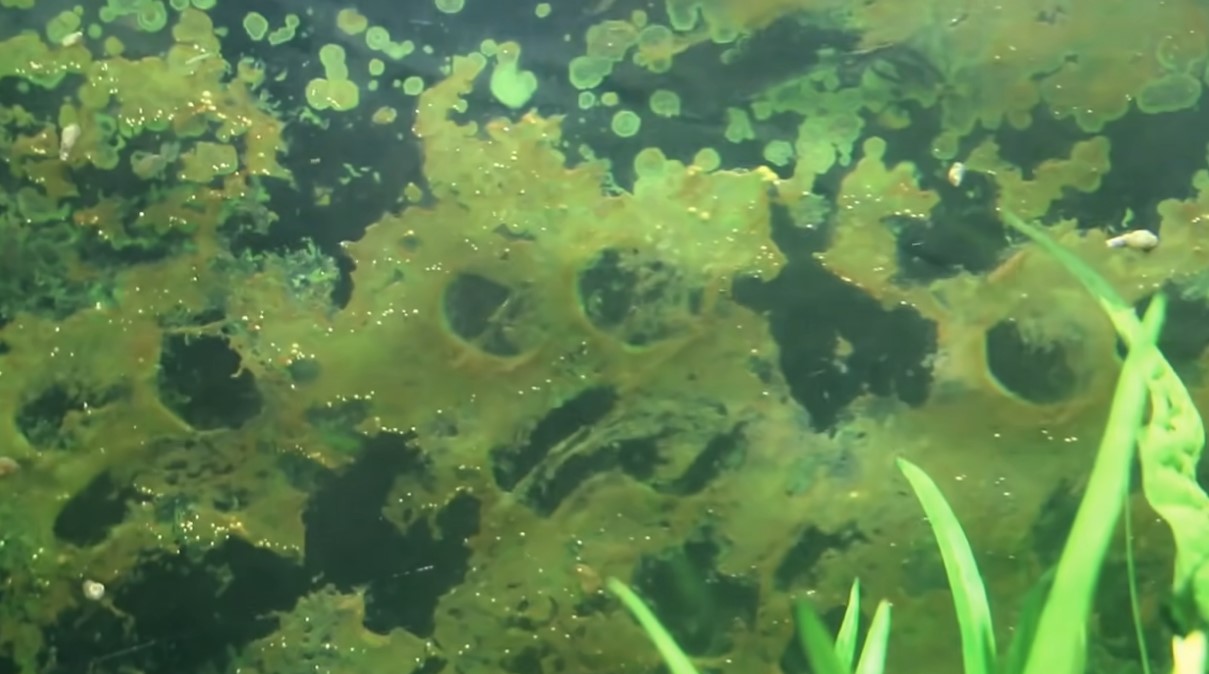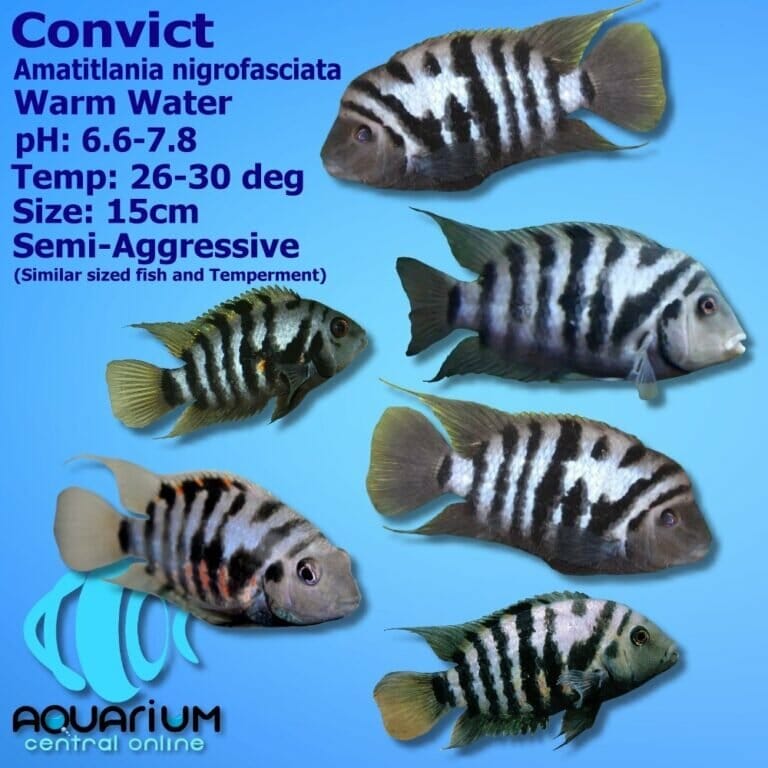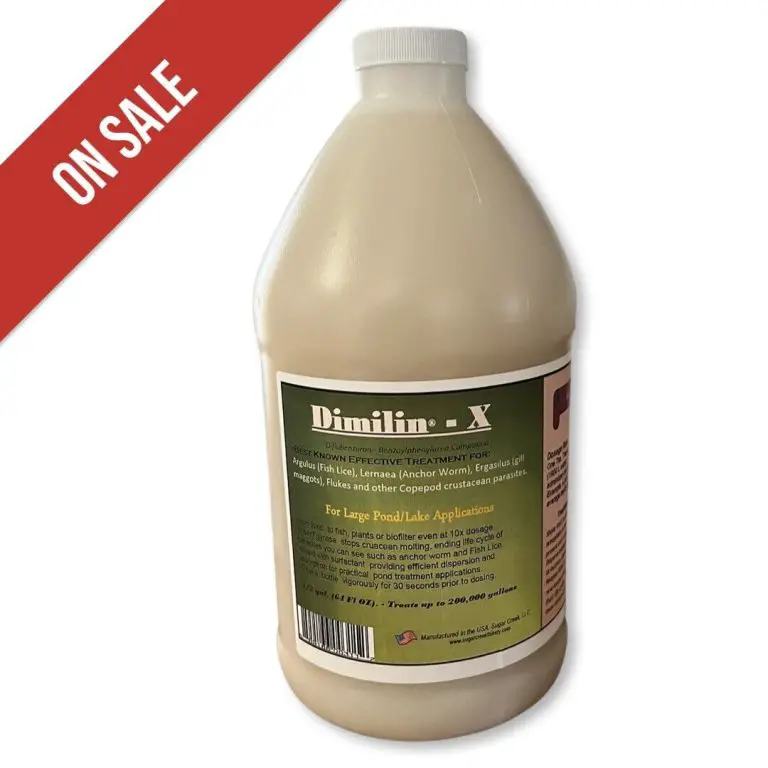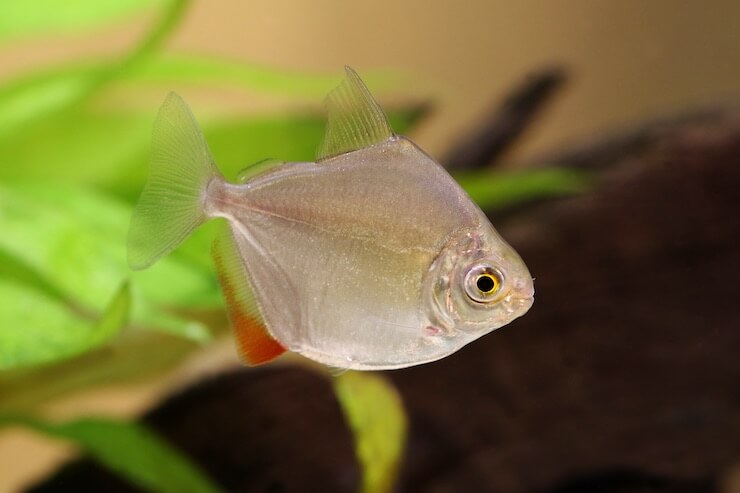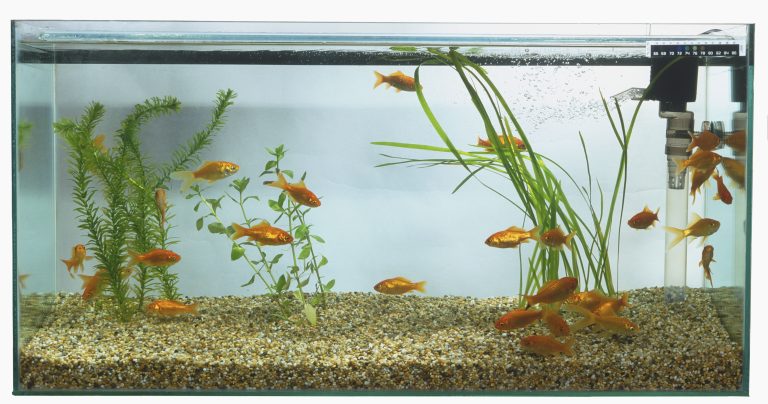Rust Colored Algae In Fish Tank
Rust Colored Algae in Fish Tank: Causes, Prevention, and Treatment
What Causes Rust Colored Algae in Fish Tank?
Have you noticed a rusty orange or red-colored growth in your fish tank? If so, you may be dealing with rust colored algae. This unsightly growth can be a nuisance for fish owners, but with the right knowledge and action, it can be controlled and prevented.
Types of Rust Colored Algae
Before we delve into the causes of rust colored algae, let’s first understand the different types you may encounter in your fish tank. The most common types of rust colored algae include red or orange slime algae, red brush algae, and red thread algae. Each type varies in appearance and causes, but they all share the common characteristic of a rust or brownish coloration.
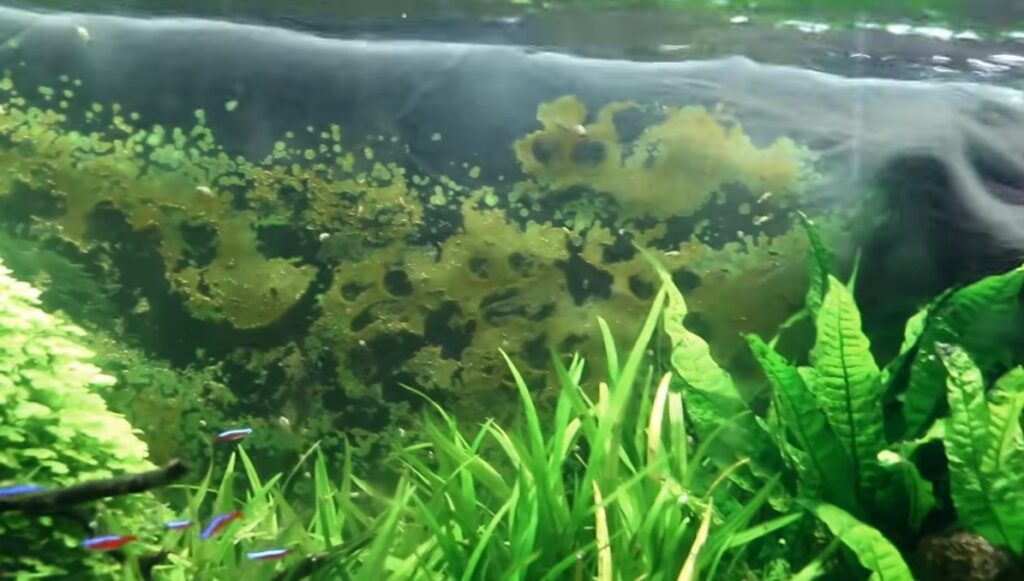
1. Poor Water Quality
One of the main causes of rust colored algae in fish tanks is poor water quality. High levels of nitrates and phosphates can contribute to the growth of algae. These nutrients can come from overfeeding, decaying plant matter, or inadequate filtration. It’s important to regularly test your tank water and ensure that the nitrates and phosphates are within acceptable ranges.
2. Excess Light
Algae thrive in the presence of light, and this holds true for rust colored algae as well. If your tank is exposed to excessive light, either from direct sunlight or prolonged exposure to artificial light, it can stimulate the growth of algae. Consider adjusting the lighting duration and intensity to create a balance that promotes the health of your fish while minimizing algae growth.
3. Lack of Water Movement
Insufficient water movement within the tank can create stagnant conditions that favor the growth of algae. Algae need oxygen and nutrients to survive and replicate. Without adequate water circulation, these essential elements may become stagnant, providing an ideal environment for algae growth. Adding a water pump or adjusting the position of your filtration system can help improve water movement in the tank.
4. Presence of Organic Substances
The presence of organic substances in the tank such as fish waste, uneaten food, or decaying plant matter can contribute to the growth of rust colored algae. These substances serve as nutrients for the algae, fueling their growth. Regularly clean your tank, remove any excess debris, and perform routine water changes to minimize the buildup of organic matter.
Preventing and Treating Rust Colored Algae
Now that we’ve covered the causes of rust colored algae, let’s explore some preventive measures and treatment options to keep your fish tank clean and healthy.
Preventive Measures
– Optimize water quality by testing and adjusting parameters regularly.
– Avoid overfeeding your fish and remove any uneaten food promptly.
– Maintain a proper balance between light and darkness in your tank.
– Ensure adequate water movement by using a water pump or adjusting filtration.
– Clean your tank and perform routine water changes to remove excess organic matter.
Treatment Options
If you’ve already noticed rust colored algae in your fish tank, don’t panic. There are several treatment options available to combat the issue.
1. Mechanical Removal: Use a sponge or brush to manually remove the algae.
2. Chemical Treatments: Algaecides specifically formulated for freshwater aquariums can be effective in controlling rust colored algae. Follow the instructions carefully when using these products and monitor the health of your fish during treatment.
3. Biological Controls: Some fish species, such as Siamese algae eaters or certain snails, can help control algae growth by consuming the algae. Introducing these organisms into your tank can provide a natural solution.
Frequently Asked Questions
1.Can rust colored algae harm my fish?
Rust colored algae itself is not harmful to fish. However, excessive algae growth can reduce oxygen levels in the water and compete with other beneficial plants for nutrients. It’s important to address the issue promptly to maintain a healthy tank environment for your fish.
2.Can I use bleach to clean my tank and get rid of rust colored algae?
Bleach should not be used to clean your fish tank as it can be harmful to fish and other aquatic life. Opt for fish-safe cleaning solutions or consult with a knowledgeable aquarium professional for appropriate cleaning methods.
3.How can I prevent rust colored algae from coming back?
Consistency is key in preventing rust colored algae from returning. Regularly test and maintain water quality, avoid overfeeding, maintain proper lighting and water movement, and clean your tank and perform routine water changes. These measures will create an environment that discourages algae growth.
4.Should I completely remove all the rust colored algae from my tank?
While it’s important to control and reduce algae growth, completely removing all the algae in your tank may disrupt the natural balance of the ecosystem. Some algae can be beneficial, providing a food source for certain organisms. Aim for a healthy balance rather than total eradication.
Final Thoughts
Dealing with rust colored algae in your fish tank can be frustrating, but with the right knowledge and action, you can keep it under control. By addressing the underlying causes, following preventive measures, and exploring treatment options, you’ll be on your way to maintaining a clean and vibrant aquarium that both you and your fish will enjoy. Remember, consistency and regular maintenance are key to a thriving aquatic environment.
